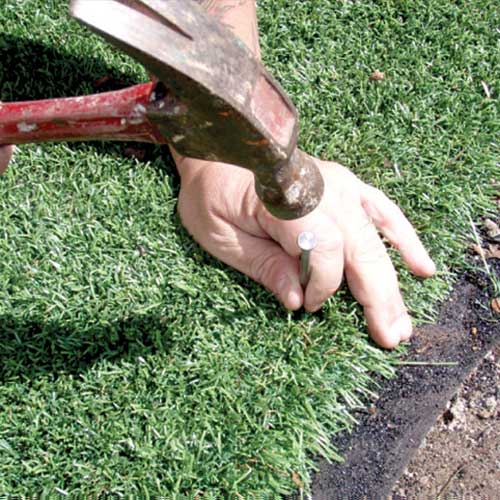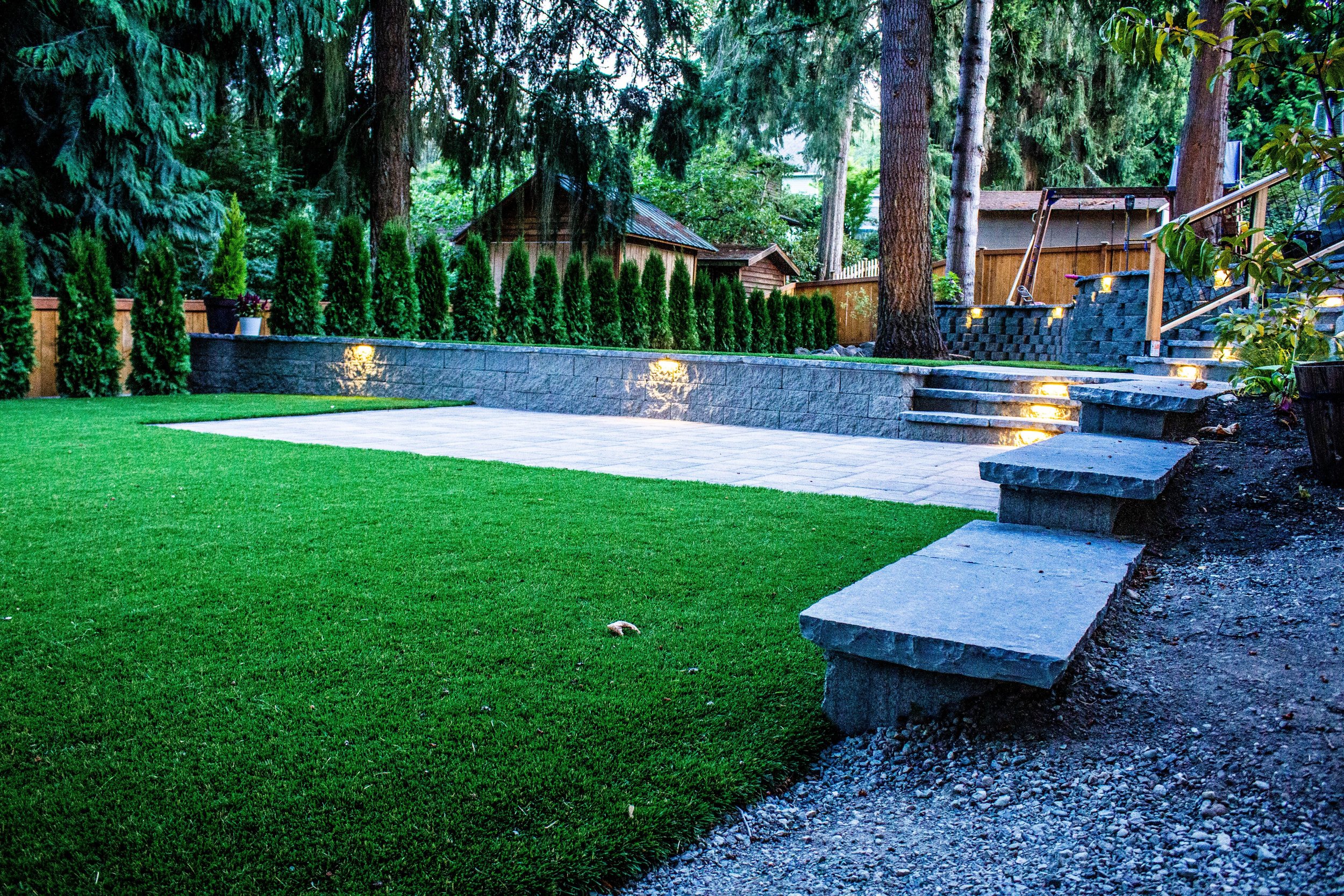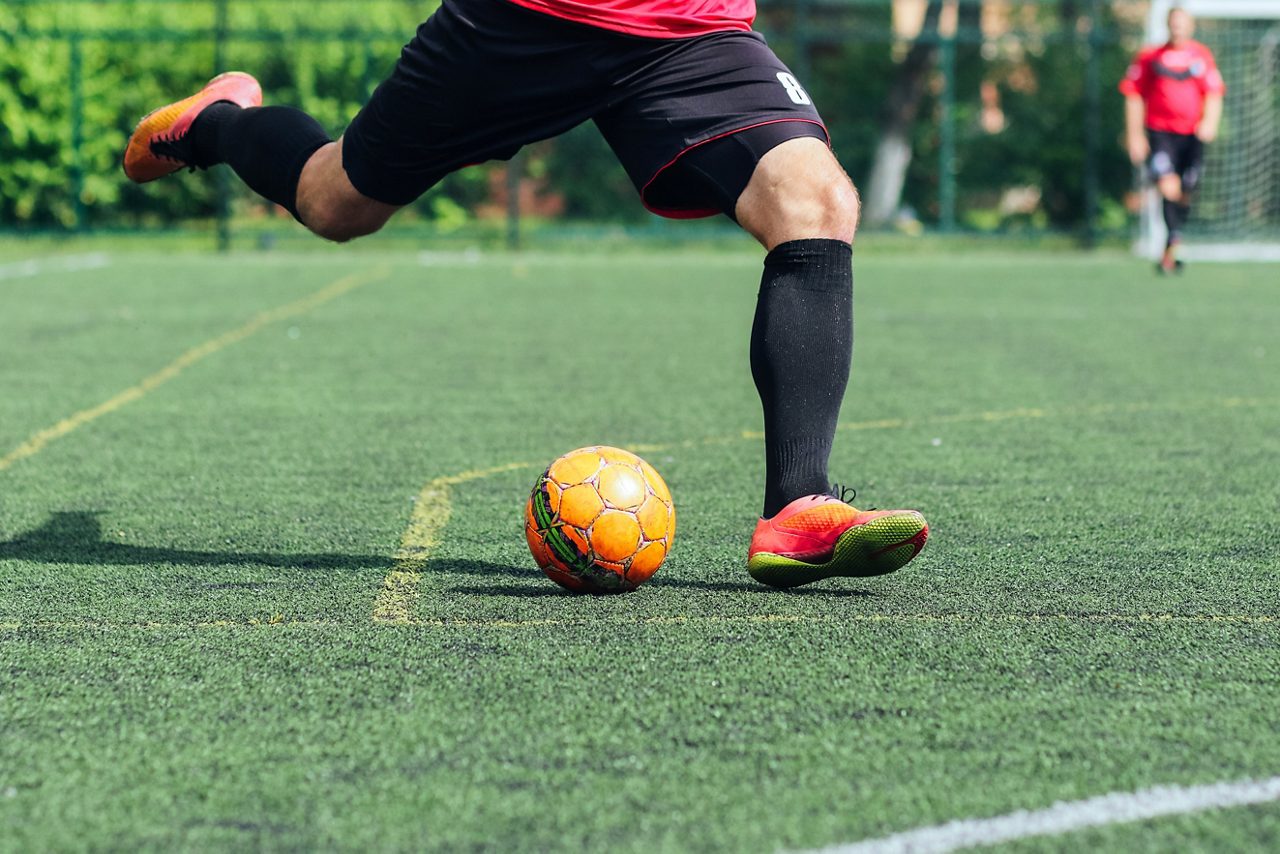Explore the Environmental Perks of Opting for Artificial Grass Solutions
The fostering of man-made lawn solutions offers an engaging opportunity to attend to pressing environmental challenges. By dramatically lowering water usage and decreasing the application of harmful chemicals, these options not just advertise sustainable landscape design but additionally protect regional ecological communities.
Water Conservation Conveniences
One of one of the most substantial advantages of synthetic grass is its ability to conserve water. Typical lawn yards call for substantial irrigation, specifically in locations prone to drought or water limitations. On the other hand, man-made grass does not require watering, dramatically reducing the general need for water resources. This attribute is specifically beneficial in deserts where water scarcity is a pushing problem.
By getting rid of the demand for normal watering, man-made lawn contributes to sustainable landscape practices and aids reduce the ecological impact of extreme water consumption. The conservation of water extends to the reduction of overflow, which can lead to dirt erosion and river contamination.
Additionally, the setup of synthetic grass enables towns and property owners to assign water sources a lot more successfully, concentrating on essential uses such as alcohol consumption water and agriculture. The change towards man-made grass not only promotes accountable water use yet likewise straightens with wider ecological objectives focused on maintaining all-natural resources.
As communities significantly prioritize sustainability, the water conservation benefits of synthetic grass present an engaging case for its fostering in residential and business landscaping projects.
Reduced Chemical Use
The shift to man-made turf dramatically reduces the dependence on chemical therapies commonly used in natural grass upkeep. Traditional grass administration generally involves the application of plant foods, chemicals, and herbicides to advertise development and control insects. These chemicals can pose threats to human health, neighborhood wild animals, and the setting, adding to soil and water contamination.
In comparison, man-made turf gets rid of the need for these hazardous materials. By decreasing the launch of synthetic compounds into the community, man-made grass promotes much healthier soil and water systems.
Additionally, the absence of chemical runoff related to fabricated grass setups aids safeguard neighborhood waterways from air pollution, supporting aquatic life and preserving biodiversity. Artificial turf companies phoenix. As communities progressively focus on sustainable practices, selecting synthetic grass provides a feasible service that straightens with ecological conservation objectives. Via this change, homeowner can appreciate rich eco-friendly spaces without endangering ecological wellness, leading the way for a much more lasting future
Lower Carbon Footprint

Additionally, the setup of fabricated lawn can result in significant water preservation. Natural grass require significant amounts of water for watering, which not just adds to the carbon impact connected with water extraction and therapy however also strains local water resources. In comparison, artificial lawn needs marginal maintenance, needing no watering, consequently considerably decreasing water usage and its associated power prices.
Furthermore, the long life of artificial turf adds to its lower carbon influence. With a life expectancy of as much as 15 years or even more, the need for constant replacements is decreased, causing much less waste and reduced power consumption in manufacturing and dealing with standard grass choices. On the whole, fabricated grass offers a lasting alternative for environmentally conscious landscape design.
Habitat Preservation
Environment preservation is an important consideration in the debate over landscape design selections, specifically when comparing fabricated lawn to all-natural yard. All-natural yard lawns helpful site frequently require considerable upkeep, consisting of using fertilizers, herbicides, and chemicals, which can negatively influence neighborhood communities. These chemicals can leach right into the soil and rivers, hurting native flora and animals and interrupting local habitats.
On the other hand, synthetic grass provides a chance to reduce the environmental impact of landscape design. By selecting artificial turf, home owners can decrease the disruption of natural environments connected with standard grass treatment practices. Synthetic turf removes the requirement for hazardous chemicals, thus safeguarding nearby wildlife and keeping the honesty of bordering ecological communities. Additionally, the setup of synthetic grass can bring about the conversion of previous lawn locations right into even more biodiverse landscapes, such as pollinator yards or indigenous plant areas, which can sustain regional wild animals.
Eventually, the transition to man-made grass not only conserves water and lowers read upkeep efforts however likewise promotes an extra unified relationship in between human activities and the natural surroundings, promoting habitat preservation in the process.
Long-Term Sustainability
Long-lasting sustainability is a crucial consider examining the benefits of synthetic grass over traditional grass yards. One of one of the most considerable advantages of fabricated turf is its sturdiness; it can last approximately 15-20 years with very little maintenance, whereas all-natural lawn requires constant reseeding and substitute. This durability decreases the need for continuous resources, such as water, plant foods, and pesticides, which are essential for preserving a healthy and balanced yard yard.
In addition, artificial grass adds to a decrease in carbon discharges connected with grass treatment equipment. Conventional lawns usually require gas-powered mowers, leaners, and blowers, all of which add to air contamination. Artificial turf companies phoenix. In comparison, synthetic grass eliminates the need for such devices, advertising a cleaner atmosphere
In addition, the production of man-made turf increasingly makes use of recycled products, boosting its sustainability account. As suppliers take on green continue reading this techniques, the ecological footprint of fabricated lawn remains to reduce.

Verdict
The adoption of man-made turf solutions presents substantial environmental advantages, consisting of considerable water conservation, decreased dependence on unsafe chemicals, and a reduced carbon impact. Furthermore, synthetic grass help in protecting natural habitats by reducing land disturbance and promoting long-lasting sustainability with the usage of sturdy materials. Collectively, these elements highlight the potential of synthetic grass to add positively to environmental wellness and offer a viable alternative to typical landscaping methods in a significantly resource-conscious globe.
In comparison, fabricated lawn does not need watering, considerably minimizing the overall demand for water sources. By lessening the release of synthetic compounds into the ecosystem, fabricated grass promotes much healthier soil and water systems.
Furthermore, the installation of fabricated lawn can result in substantial water conservation. In contrast, synthetic grass needs marginal upkeep, requiring no watering, thus substantially decreasing water use and its associated power costs.
